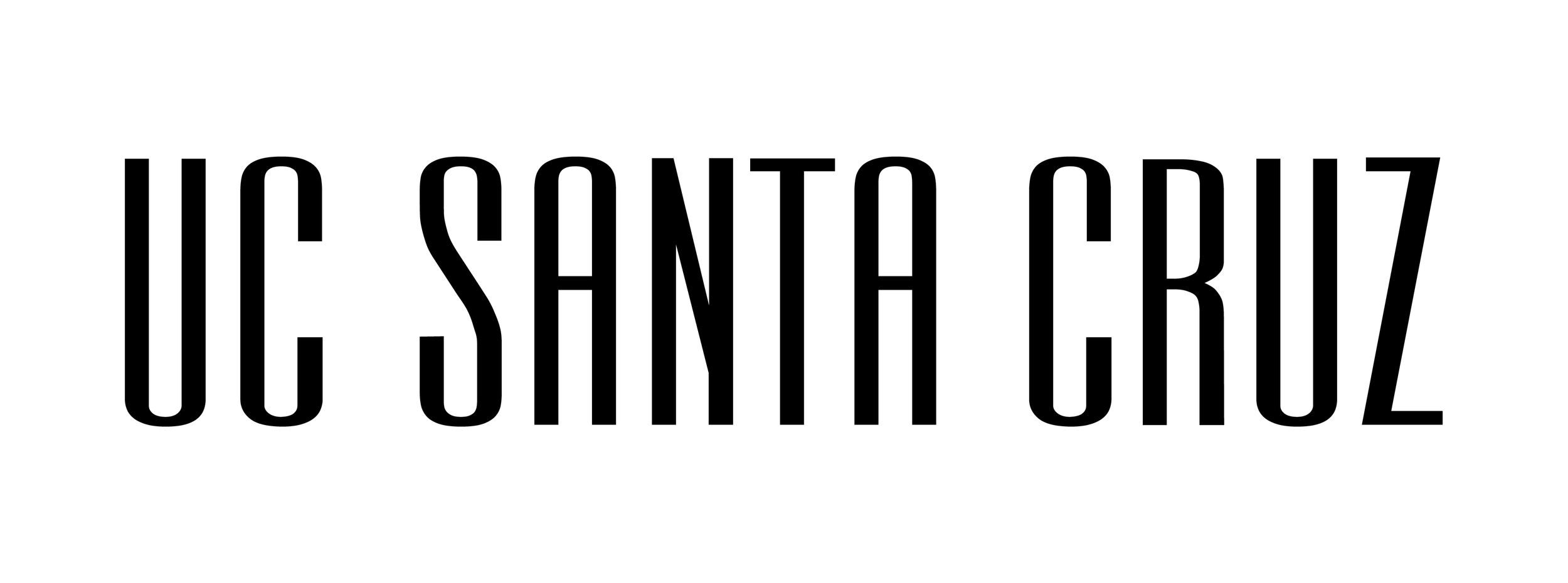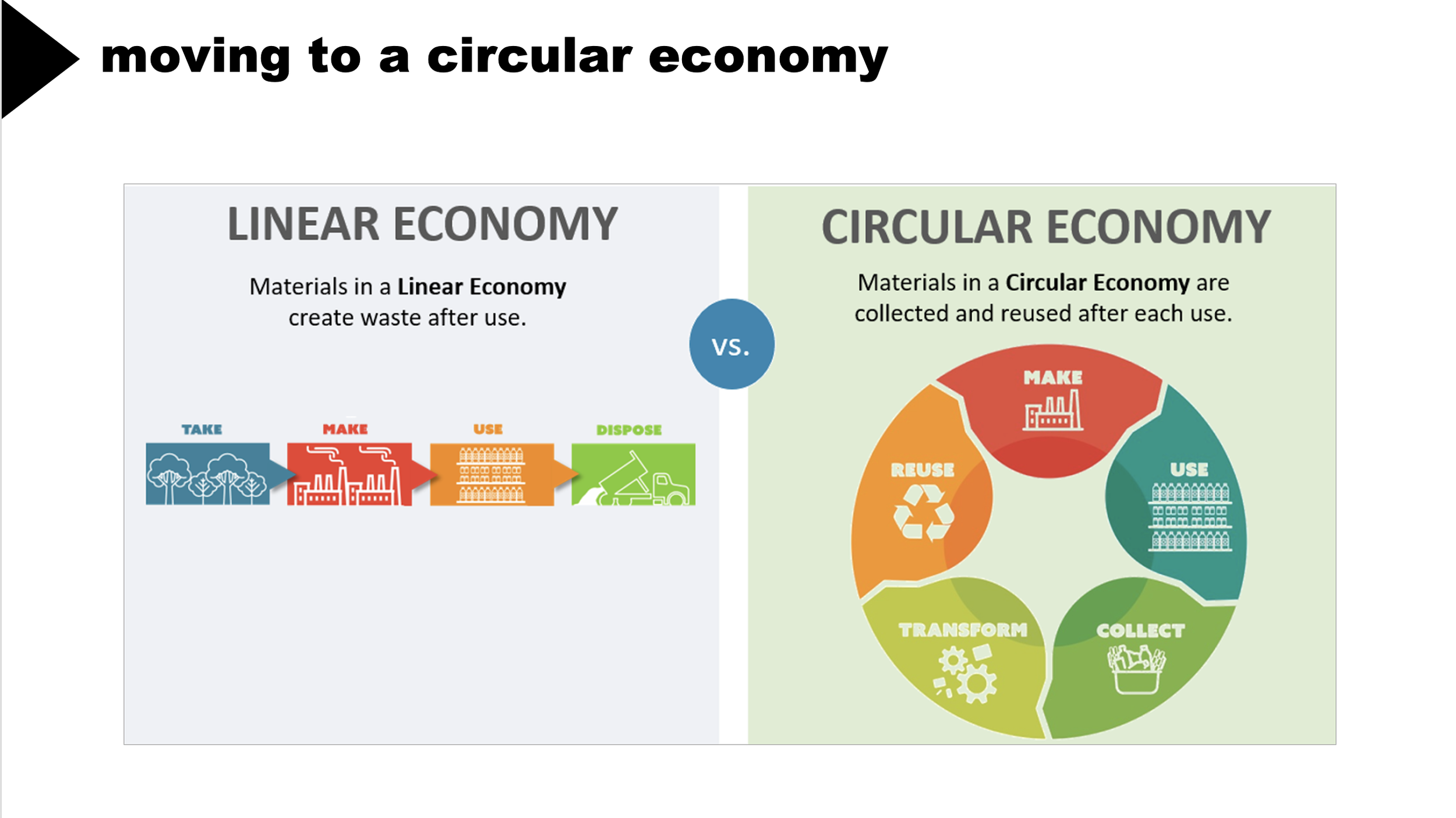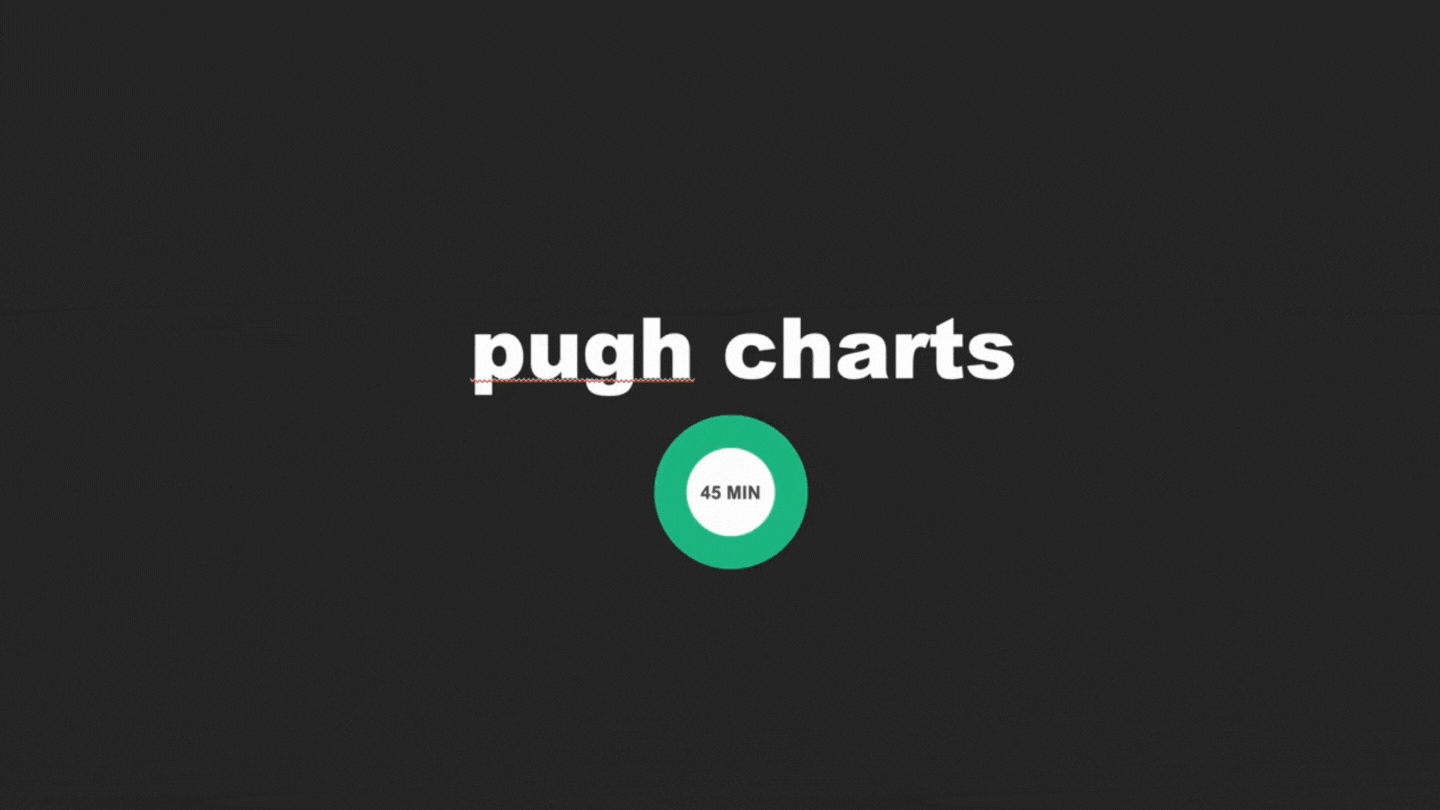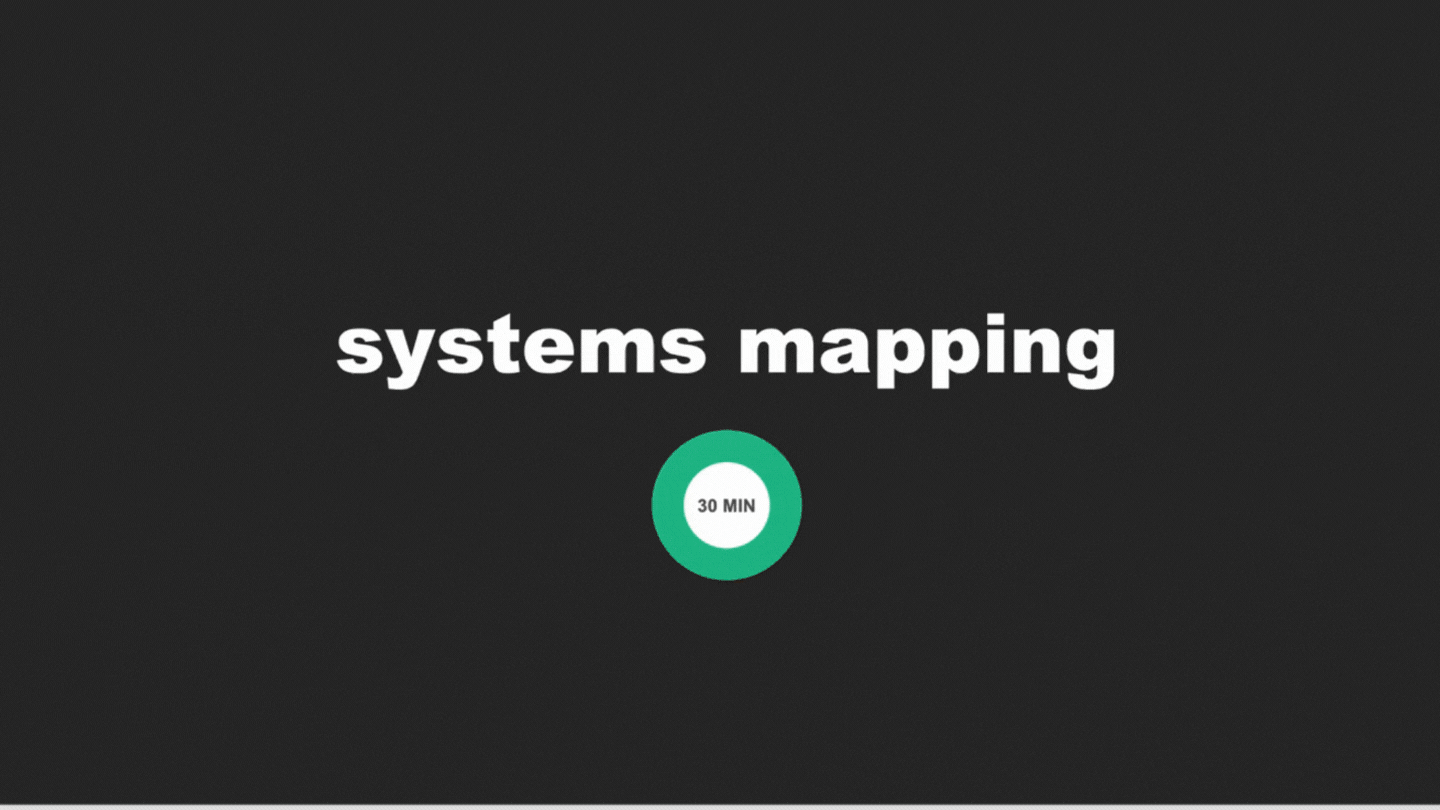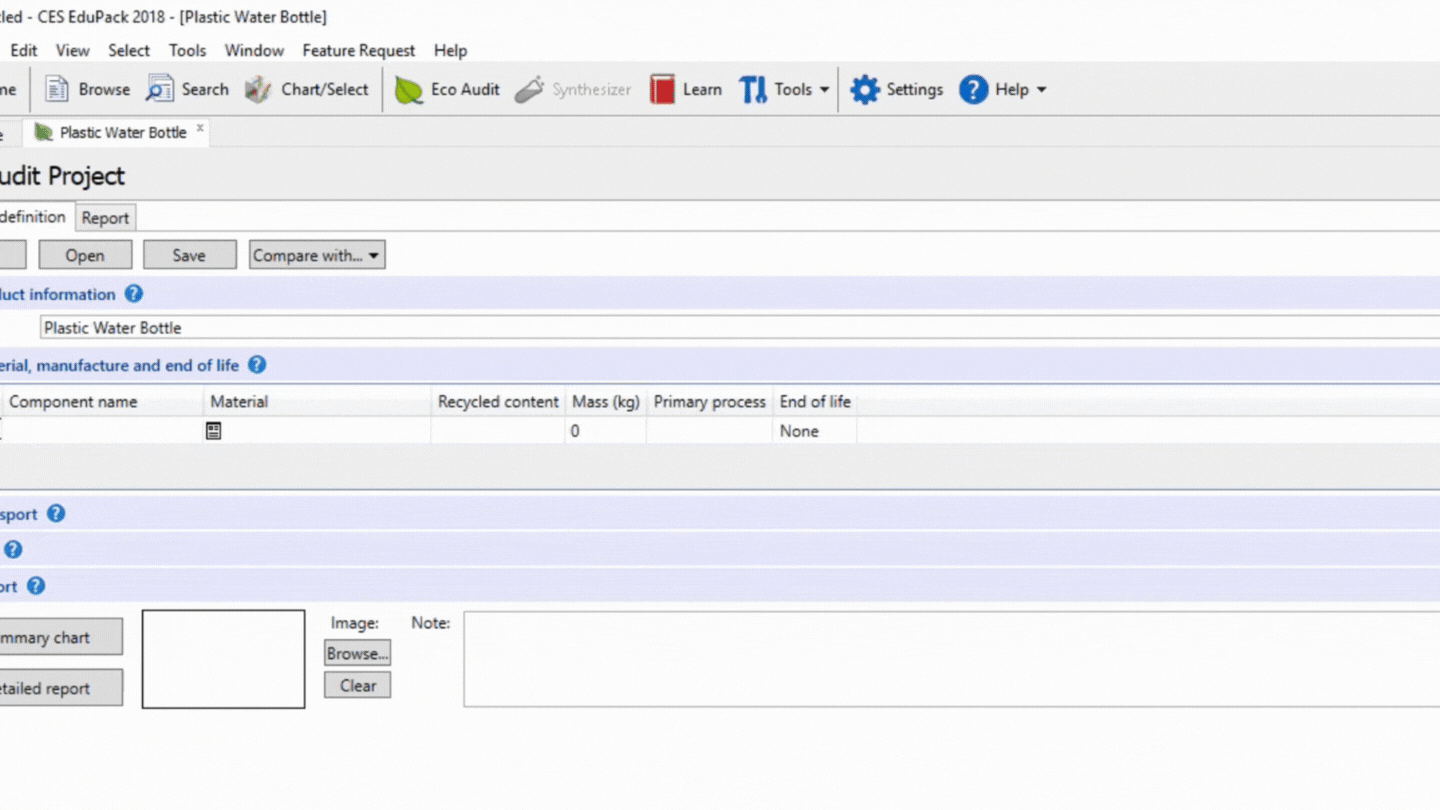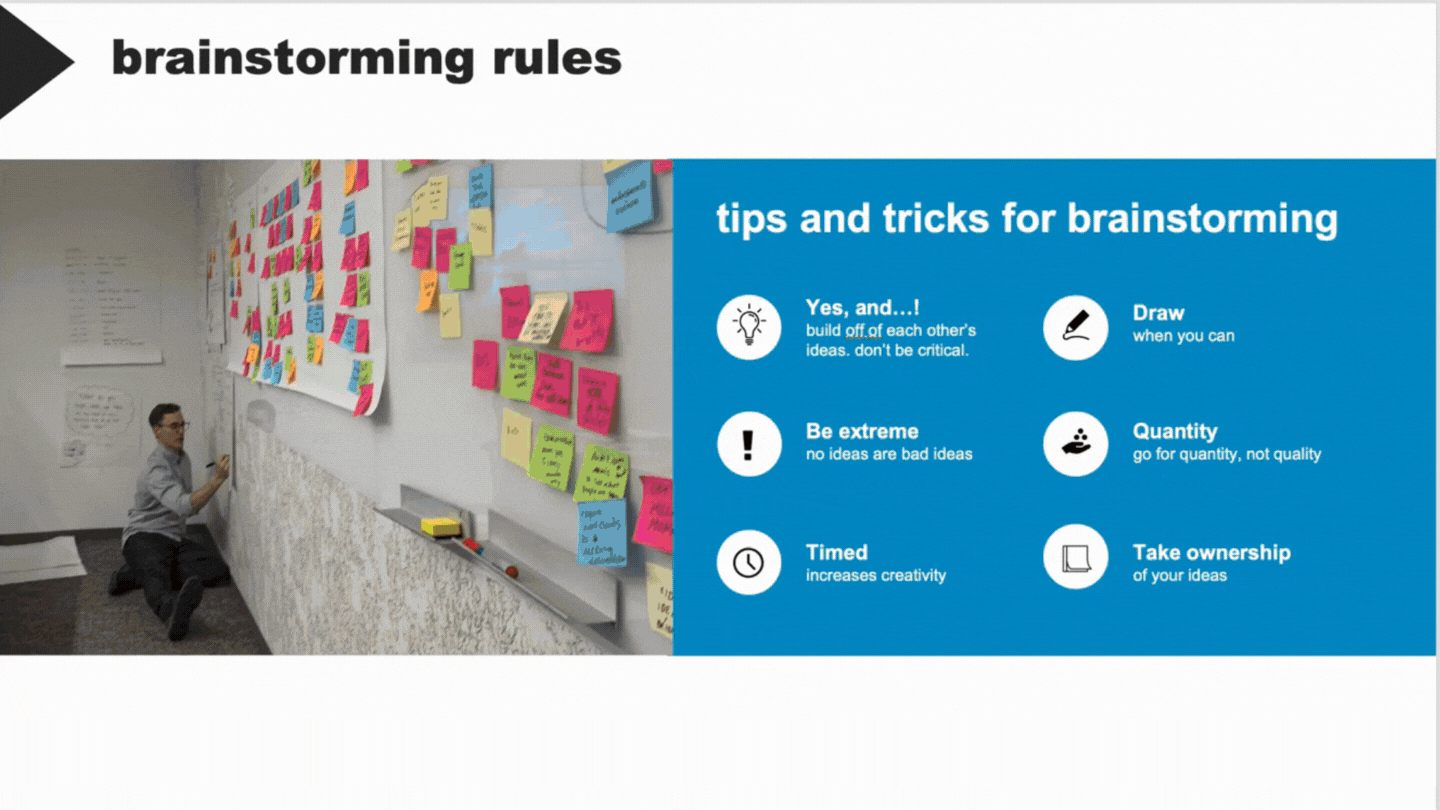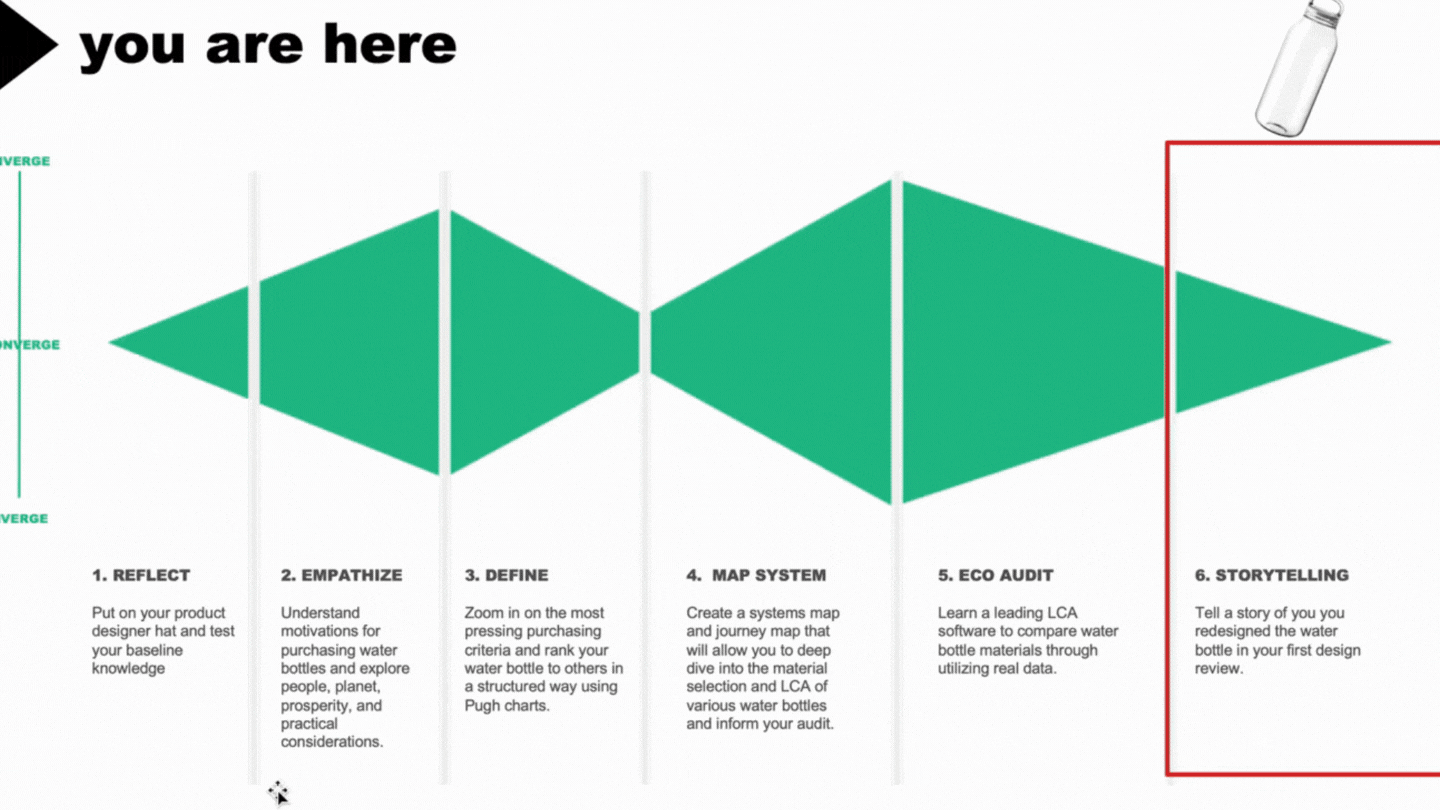PARTNER
Why we need circular design
Whether you’re wearing new shows, rocking your favorite t-shirt, or bought some new socks for your next backpacking trip, all design has a lot in common. Let’s take your favorite t-shirt for example- a white cotton shirt that fits you perfectly, compliments your skin, and brings you oh so much joy. The life cycle of this t-shirt involves:
Taking. We extract raw materials from the earth.
Making. We manufacture our product.
Using. People use our product.
Disposing. People dispose of the product at the end of its lifetime.
This four step, linear design process has been highly successful for businesses around the world; therefore, we don’t tend to question ways we might change this process. We don’t ask where our products are coming from, what people are involved at each step of the way, and where our products go at the end of their life.
However, as climate change has begun to rapidly impact our lives, people are starting to note the need for change in the design process. Businesses within the fashion industry are being required to report their ESG scores and report how they take, make, use, and dispose of the textiles they create. To be more thoughtful about how to design successful clothing products that also sustain the environment, there is a need to inject curiosity into our linear economy and re-think how we might design for sustainability.
When we inject curiosity into our linear economy, we can begin to ask critical questions at each step of the design process such as:
Taking. What raw materials are we taking? Is this the best option? Why?
Making. Who is making our products? Where are they being made? How are they being transported? Is this the best option?
Using. How are people using our product? Can we make it more sustainable?
Disposing. How do people dispose of the product at the end of its lifetime? Can we create more profitable solutions to spur a circular economy?
At University of California Santa Cruz, I held 20 design thinking innovation labs that allowed students to answer these questions in a highly interactive way. To answer sustainability challenges, I developed a methodology that blends circular design, materials assessment, design thinking, and systems thinking tools to help student gain the skills they need to go out in the world and develop more sustainable products and services. Here’s an overview of the process:
01. Reflection and empathy. Students were asked to put on their product designer hat and test their baseline knowledge of sustainability. They then carried out empathy activities to explore motivations for purchasing products (e.g. water bottles) and explored people, planet, prosperity, and practical considerations.
02. Define. Students zoomed in on the most pressing purchasing criteria and ranked their water bottle to others in a structured way using a tool called Pugh charts.
03. Map system. Students created a systems map and journey map that allowed them to dive into the material selection and Life Cycle Assessment of various water bottles to inform their design.
04. Eco Audit. Students learned a leading LCA software to compare water bottle materials through utilizing real data.
05. Ideate, Prototype, & Test. Students carried out structured brainstorming activities to generate compelling services to overcome identified system pain points. They then rapidly prototyped their ideas using bodystorming and storyboarding techniques. Students gathered feedback on their designs by testing them with other classmates.
Storytelling. Students told stories of how they redesigned the product.
Each class was structured to reflect this process and students were asked to solve two design challenges in the sustainability sector. They had two design reviews where they told a story of their design journey and received feedback.
Learnings
Developing this course was an incredible for me because it allowed me to deeply think about creative frameworks and how we can combine and utilize them to fight climate change. I really enjoyed creating a new framework and seeing how it played out with students at UCSC. The labs received great feedback and students even mentioned that the labs shifted their view on sustainability entirely and made them think about problem solving in a whole new way.
Through teaching students this new framework, I saw them get unstuck. I saw more empathy. I saw teams harness collective creativity. I saw lightbulbs going off of how they could take action immediately.
Overall, I saw the power of creating a new framework for problem solving. Using a blend of reflection, empathy, defining problems at the right level of detail, systems mapping, LCA tools, ideation, prototyping, and storytelling gives us great ways to reduce supply chain costs, improve ESG scores, and create profitable products and services.
#circulardesign #systemsthinking #designthinking #lca #materialscience #productdesign #sustainability #take #make #use #dispose #facilitation #curriculumdesign


